Colour and Light question
-
Hi everyone,
Colour and light is something that I really struggle with, so I was wondering if anyone could confirm some things for me.
- In a neutral diffuse light setup (like a cloudy day or in a room during the day without direct sunlight), are the shadow colours warm? (Cold Light / Warm Shadow)
- During a typical sunny day, with blue sky and only a few clouds, are the shadows cold/blue? (Warm Light / Cold Shadow)
- Is there a specific way to choose local colours or is it just intuitive and dependant on the values?
There's loads of other stuff but I think these are the main things I want to be certain of before learning some of the more specific stuff.
Thanks

-
okay I may not be 100% correct here, but....
-
I think it would still depend on wether your light source is cool or warm still - but generally overcast feels "cold" to me so I would probably go with cold light
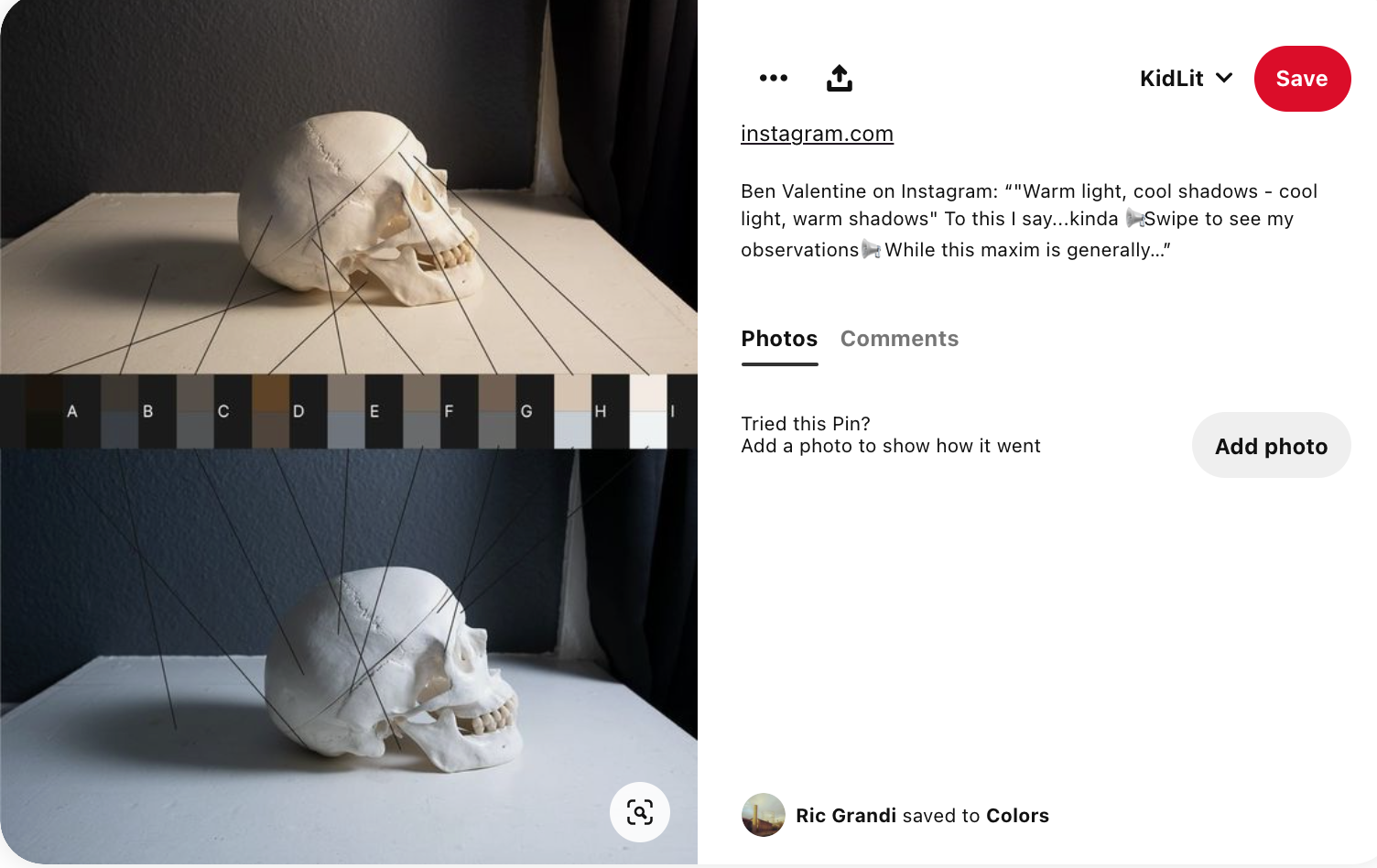
-
usually yes, warm light from the sun = cool shadows ( personally a fan of yellow sun/purple shadows)
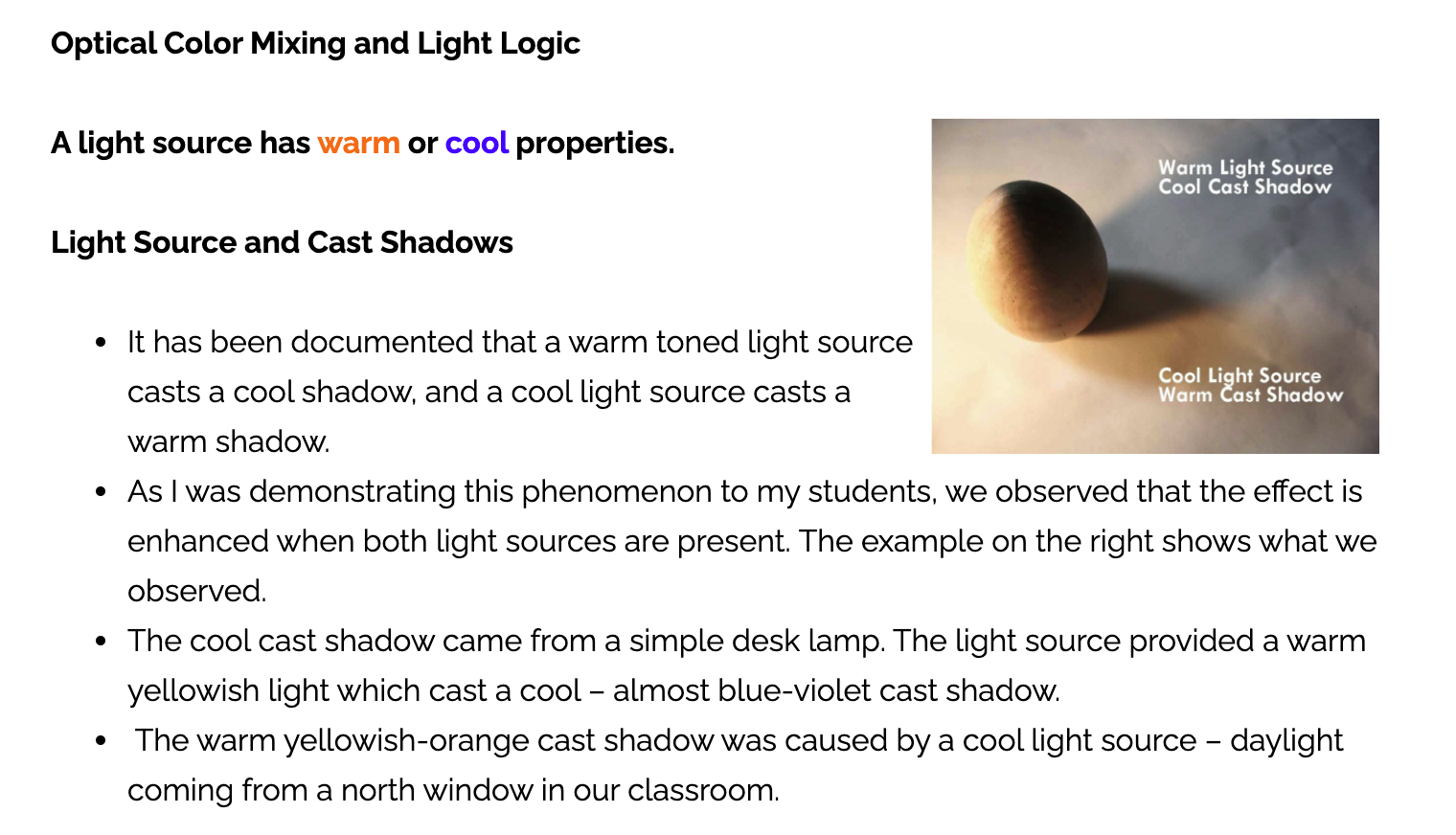
-
local colors are not dependent on the values, they are what the color is before you add value, so I'm not sure I understand your question there.
Will Terry's color and light class is AMAZING, highly recommend you do those ones.
cool blog:
https://www.artinstructionblog.com/color-studies-part-3-the-influences-of-the-environment-on-color -
-
@carlianne Thank you ! It's nice to have some confirmation of these.
I did the Colour and Light course (Dice Tsutsumi and Robert Kondo) on Schoolism, but I felt limited near the end as I was expected to paint outdoors with my laptop and tablet, but it rains all the time where I live.
I'm planning on starting Will Terry's course soon, it looks really good. Probably gonna check out Jake Parker's Values course first.
-
Hi Brett,
in neutral diffuse light setup (white light coming from all directions, but mostly from up through white clouds) is where you define local color of the object the best. There you see if the color is dark or light, warm or cool. In crevises or planes that are less exposed to this light, the local color gets darker and even the saturations grows. The sky is filled with white clouds and is basically white.some scribbles along:
- flat local colors
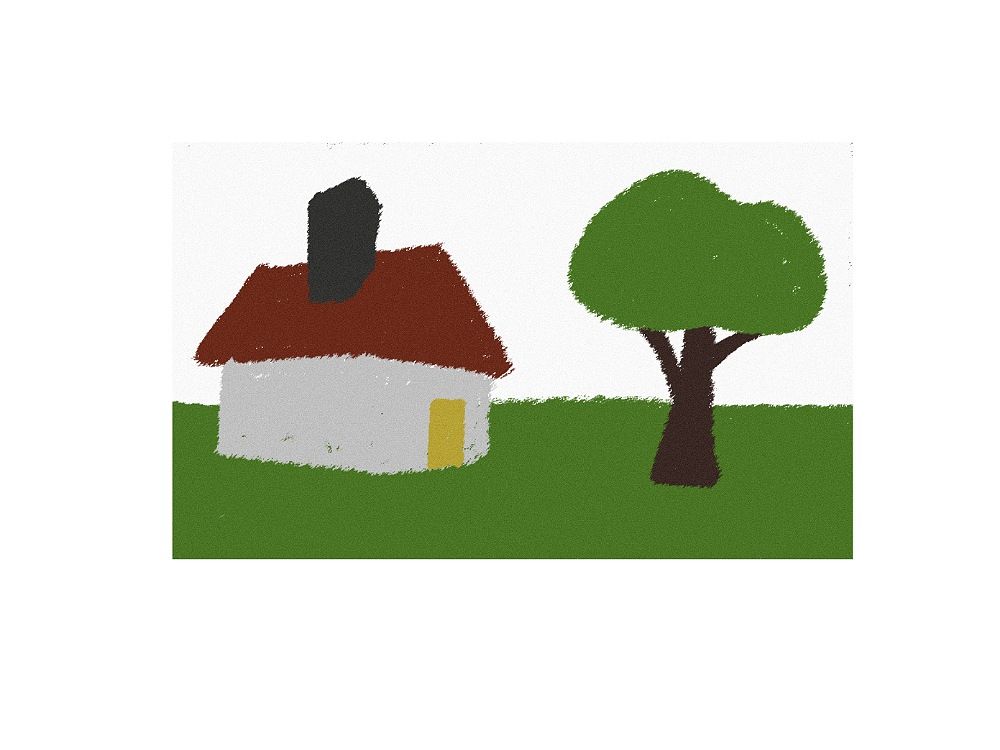
2.local colors in diffuse light setup
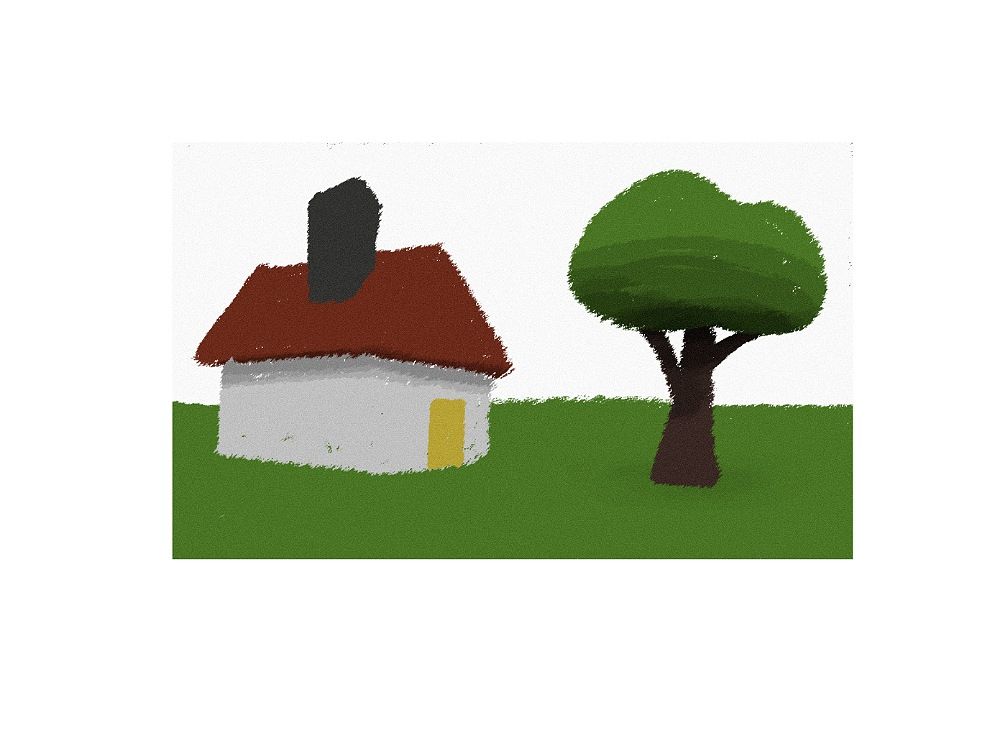
If the light setup changes and direct light comes to play (for instance orange sun in golden hour with purple sky), the local colors get influence of this diffuse purple light setup (especially the top planes of objects). Additionally, planes that are hit by direct light, change their color and will cast hard shadows.
These shadows are not per se cool or warm because of the warm or cool direct light, but they are perceived warm or cool by relative comparision to the direct light and they are based on the diffuse light setup established before and from the fill light from the sky (top planes).1.diffuse light setup without direct sun light (color adjustment layer over the first neutral diffuse light setup)
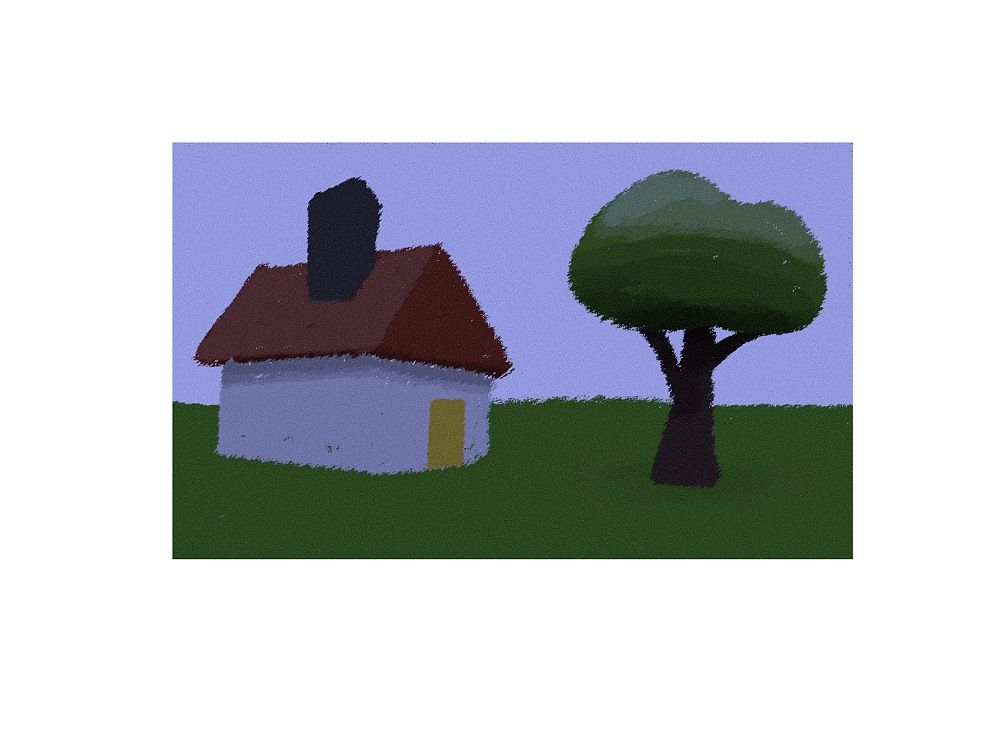
2.previous plus hit of direct sun light
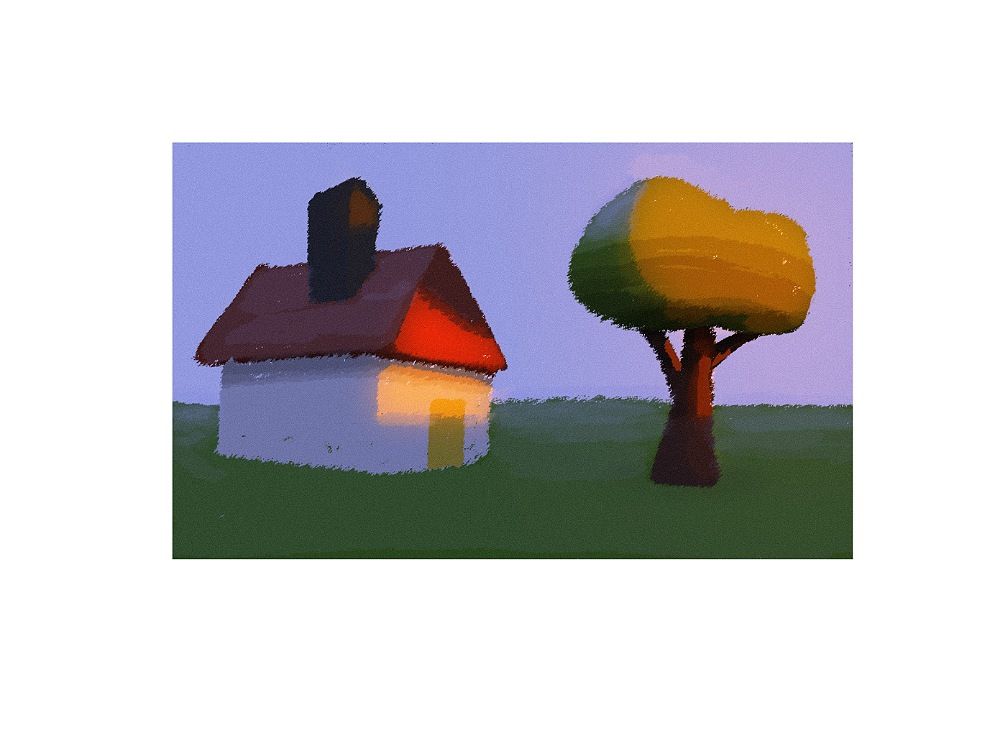
similarly night setup with direct moon and artifical light and bright midday sun setup.
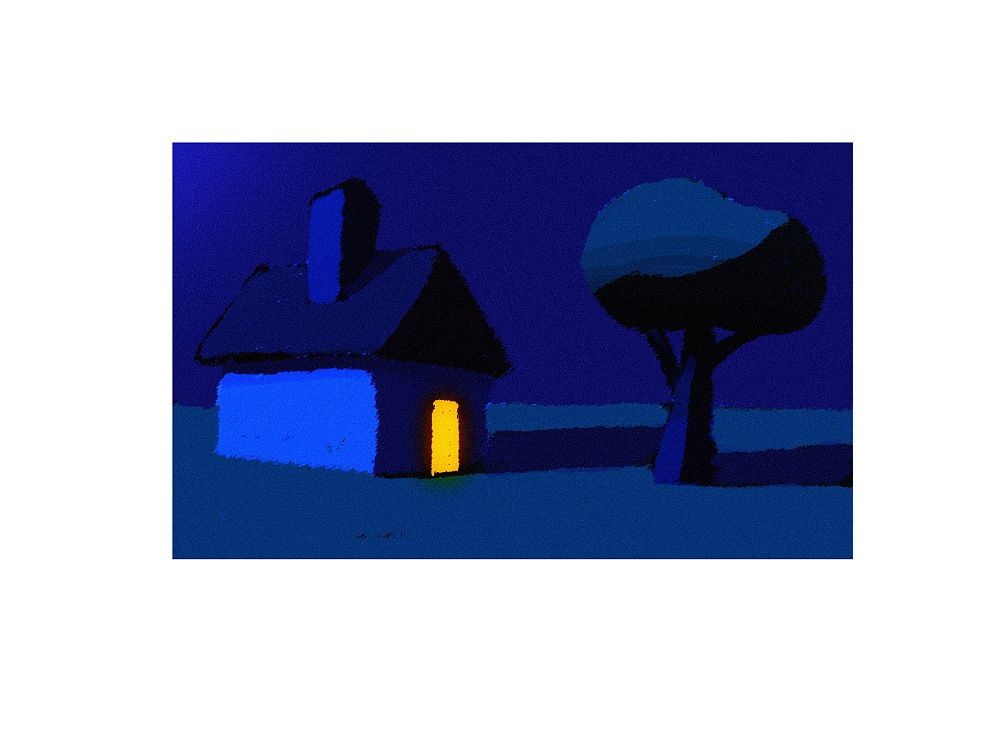
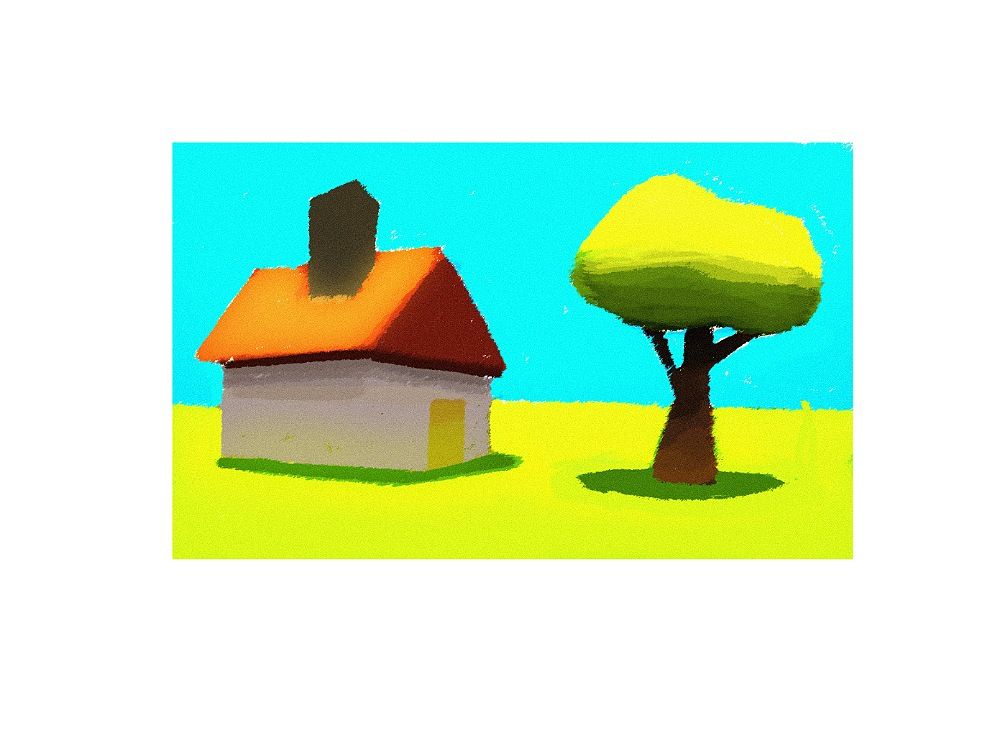
How exactly the final color is, depends on the interaction between light source and the local color and material quality (reflective vs matt) of the object.
Sorry for long post and these fast scribbles. They are far from good, but hope they help to see what i wrote.
- flat local colors
-
@marek-halko Hi Marek, This is great, thanks so much for helping with this, it's something I struggle with a lot so it's really helpful to have it broken down. I really love your work, especially your April Art Contest entry, your colours are amazing !
-
@brettb_draws just read, you took the Tonko House class.. so you already know, everything i wrote. I also think, it is good to break the light and color down, than it becomes a little bit easier. And thanks, but i also struggle a lot with that.